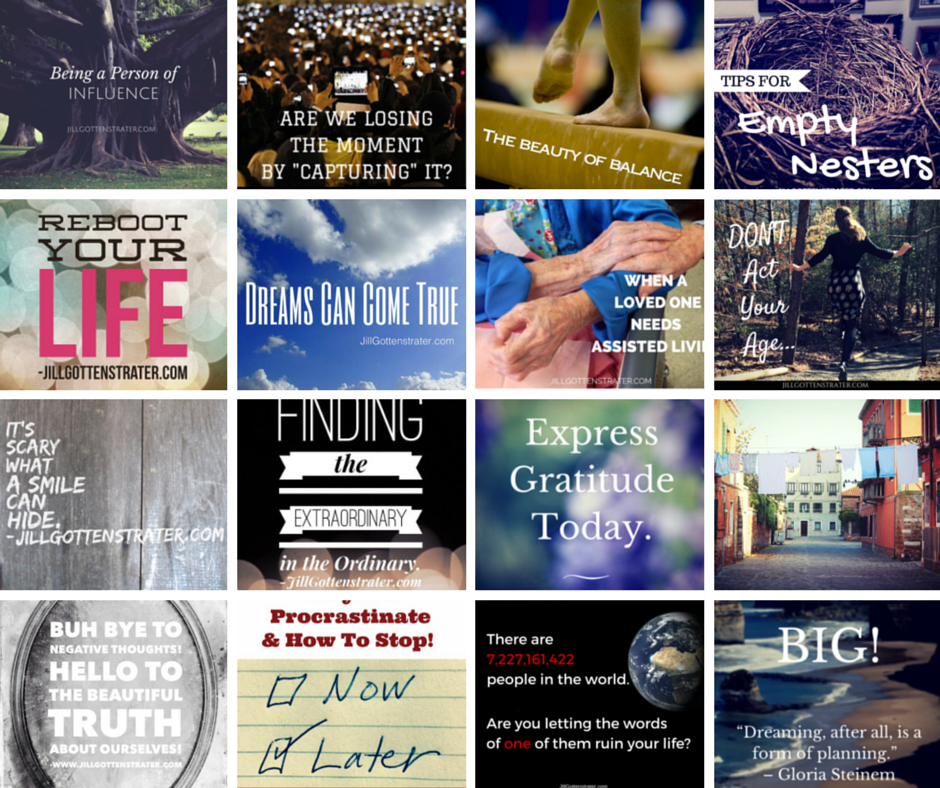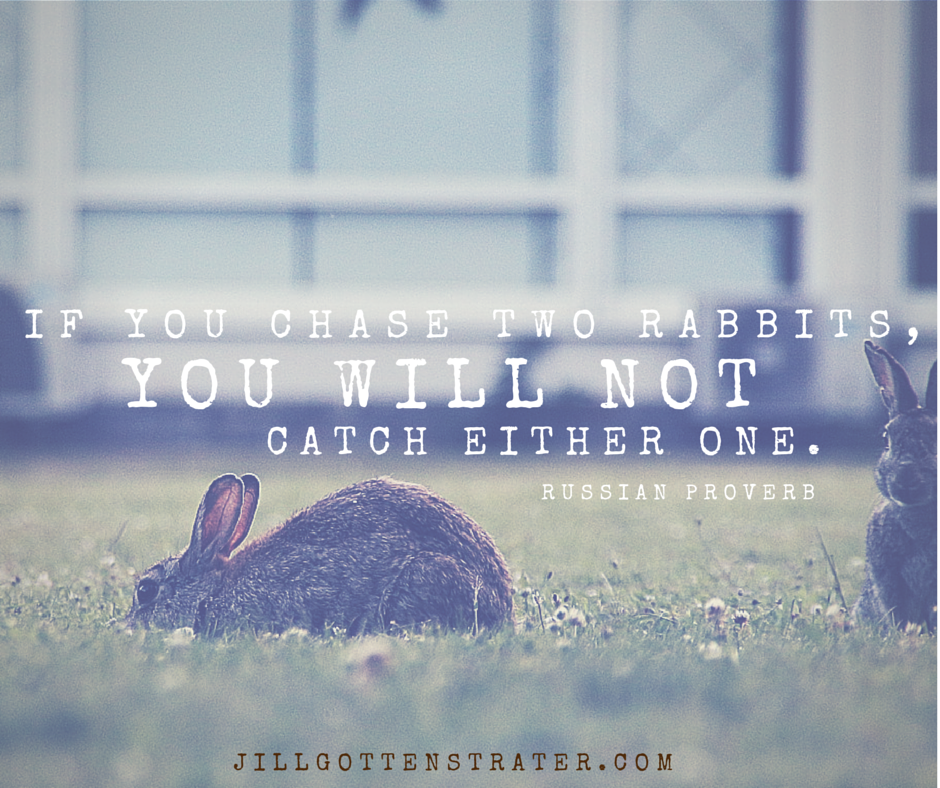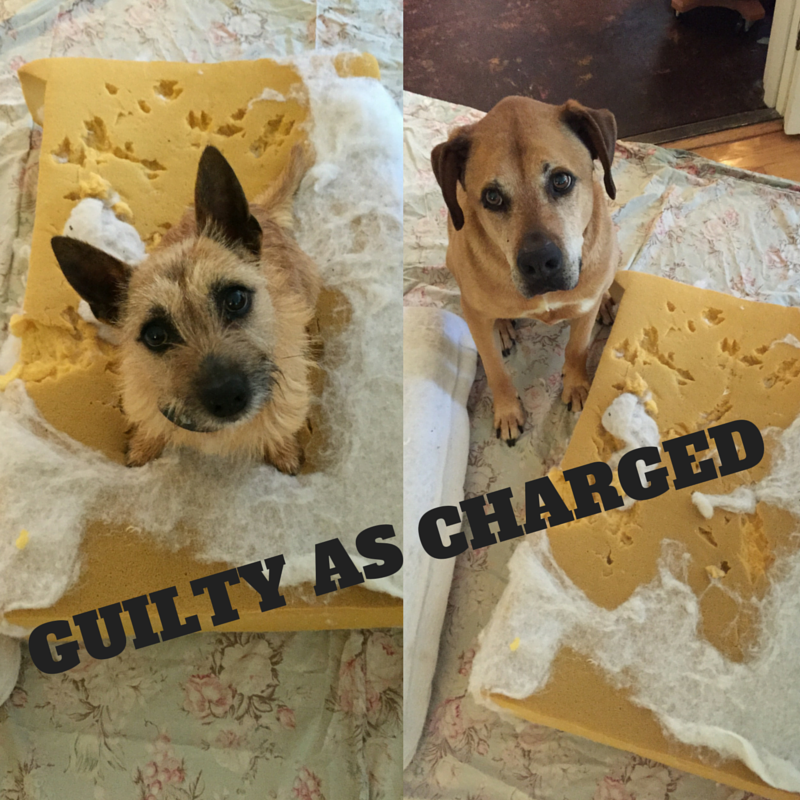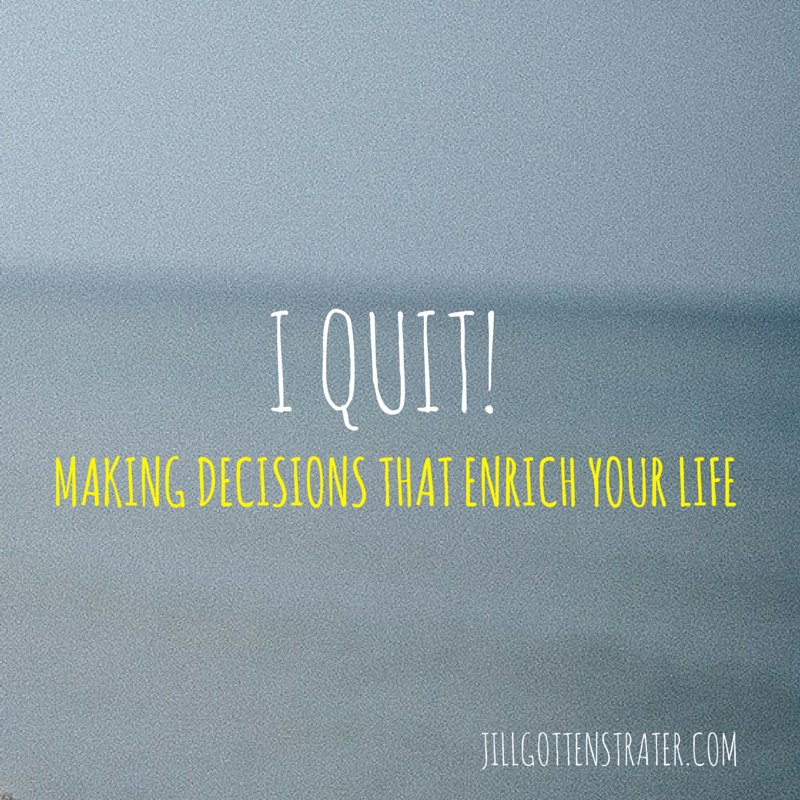https://www.jillgottenstrater.com/wp-content/uploads/2015/12/the.png
800
800
Jill Gottenstrater
http://www.jillgottenstrater.com/wp-content/uploads/2016/02/JILL_GOTTENSTRATER_LOGO3.png
Jill Gottenstrater2015-12-12 07:23:092016-03-12 03:57:42How To Avoid Breaking Your New Year's Resolution
https://www.jillgottenstrater.com/wp-content/uploads/2015/11/5.png
800
800
Jill Gottenstrater
http://www.jillgottenstrater.com/wp-content/uploads/2016/02/JILL_GOTTENSTRATER_LOGO3.png
Jill Gottenstrater2015-11-21 04:00:242016-02-20 17:21:30The Importance of Proper Maintenance
https://www.jillgottenstrater.com/wp-content/uploads/2015/11/4.png
800
800
Jill Gottenstrater
http://www.jillgottenstrater.com/wp-content/uploads/2016/02/JILL_GOTTENSTRATER_LOGO3.png
Jill Gottenstrater2015-11-14 04:00:052016-02-20 17:23:43Don't Make The Mistake of Skipping This Step
https://www.jillgottenstrater.com/wp-content/uploads/2015/11/3.png
800
800
Jill Gottenstrater
http://www.jillgottenstrater.com/wp-content/uploads/2016/02/JILL_GOTTENSTRATER_LOGO3.png
Jill Gottenstrater2015-11-07 05:18:312016-02-20 17:26:074 Ways to Build Momentum Today
https://www.jillgottenstrater.com/wp-content/uploads/2015/11/1.png
800
800
Jill Gottenstrater
http://www.jillgottenstrater.com/wp-content/uploads/2016/02/JILL_GOTTENSTRATER_LOGO3.png
Jill Gottenstrater2015-10-31 06:08:502016-02-20 17:30:23How Small, Intentional Steps Will Get Your Momentum Moving
https://www.jillgottenstrater.com/wp-content/uploads/2015/11/2.png
800
800
Jill Gottenstrater
http://www.jillgottenstrater.com/wp-content/uploads/2016/02/JILL_GOTTENSTRATER_LOGO3.png
Jill Gottenstrater2015-10-24 05:28:422016-02-20 17:32:23Creating and Sustaining Life Changing Momentum - A Series
https://www.jillgottenstrater.com/wp-content/uploads/2015/09/compilation-of-blog-posts-march-2015.png
788
940
Jill Gottenstrater
http://www.jillgottenstrater.com/wp-content/uploads/2016/02/JILL_GOTTENSTRATER_LOGO3.png
Jill Gottenstrater2015-09-04 22:50:042016-02-20 17:47:581 Year Blog Anniversary!
https://www.jillgottenstrater.com/wp-content/uploads/2015/07/JillGottenstrater.com-1.png
800
800
Jill Gottenstrater
http://www.jillgottenstrater.com/wp-content/uploads/2016/02/JILL_GOTTENSTRATER_LOGO3.png
Jill Gottenstrater2015-07-04 06:19:472016-02-21 06:07:49Journaling...The Benefits, Methods and Ideas
https://www.jillgottenstrater.com/wp-content/uploads/2015/06/If-you-chase-two-rabbits-for-FB.png
788
940
Jill Gottenstrater
http://www.jillgottenstrater.com/wp-content/uploads/2016/02/JILL_GOTTENSTRATER_LOGO3.png
Jill Gottenstrater2015-06-20 01:01:232016-02-21 17:54:39How to Take Those Lingering Projects and Get Them Done
https://www.jillgottenstrater.com/wp-content/uploads/2015/05/I-quit-Making-Decisions-That-Enrich-Your-Life.png
800
800
Jill Gottenstrater
http://www.jillgottenstrater.com/wp-content/uploads/2016/02/JILL_GOTTENSTRATER_LOGO3.png
Jill Gottenstrater2015-05-30 11:18:552016-02-21 18:28:56When Quitting is a Decision That Will Enrich Your Life
Scroll to top















